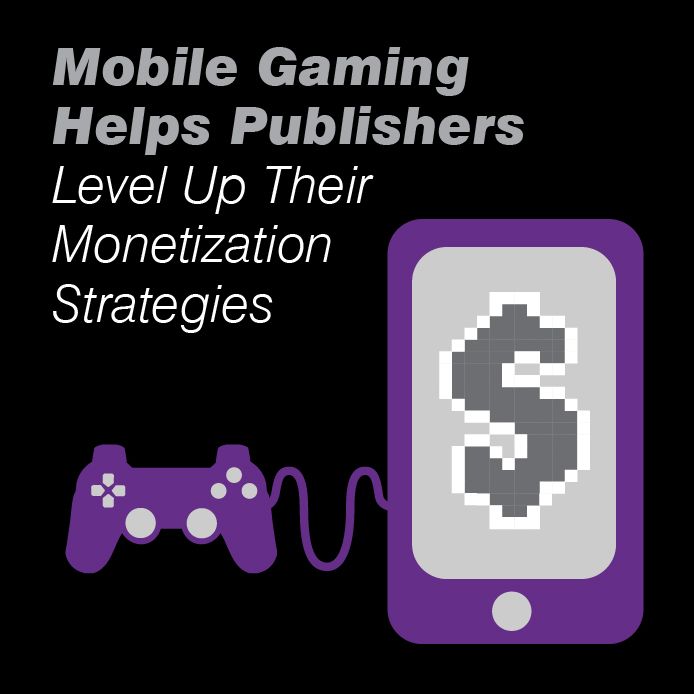Mobile Gaming Helps
Publishers Level Up Their Monetization Strategies
By Tim Cronin
Mobile games have long been the most popular form of app
downloads, and the nature of gaming means that engagement for these apps is
incredibly high. A recent survey
found that 86 percent of iPhone owners play mobile games and 76 percent of
Android owners log time in the popular apps. With so many active users, mobile
gaming is only set to grow. In fact, eMarketer
estimates there will be 141.2 million mobile gamers in the US by 2014. This is
the perfect time for app developers and publishers to take advantage of the increased
interest in the mobile gaming platform and its unique ability to engage mobile
users. We have outlined a few important things to keep in mind when it comes to
monetizing your mobile games.
Research Your
Demographics
The Game DevelopersConference recently found that 53 percent of game developers were working
on independent projects, eschewing the big publishers and taking advantage of
accessible mobile development platforms. With this independent game trend,
these new app developers need to keep in mind what types of users they will be
targeting with their games. Are they building the game primarily for iOS or
even more specifically the iPad? Will they be releasing the game on Android? What
is the target age group for your game, or even gender group? Does your targeted
audience prefer to pay for their games and go ad-free, or do they prefer to pay
up-front for their downloads? Knowing these key things will help app developers
hone their game for the users they want the most, and it will help them entice
the right advertisers for their game if they opt for an ad-supported model.
Use Ads That Work
If game developers decide to go for an ad-supported model,
it is important to choose an advertising strategy that works best for game apps.
Banner ads, for instance, could block important areas of the game play area and
possibly create accidental clicks. However, one ad model that fits naturally
with games is interstitial ads. Interstitial ads can be intrusive on other apps,
but by placing them at a natural break like after a user beats a level,
interstitial ads fit more seamlessly into the game. Because they come at pauses
in game play, interstitial ads can also show higher click-through
rates and increase conversions.
Sell Virtual Goods
One of the newer trends in mobile gaming is monetizing by
selling virtual goods. This freemium model works well for users who want to
download games for free, but many are willing to pay for credits or items to
help them in the game. Selling upgrades and goods also means game developers
can monetize more than once from the same user. eMarketer expects these in-app
purchases to surpass downloads as the highest generating revenue for mobile
games, and developers who take advantage of this rapid growth now could see
huge benefits in the future.


No comments:
Post a Comment